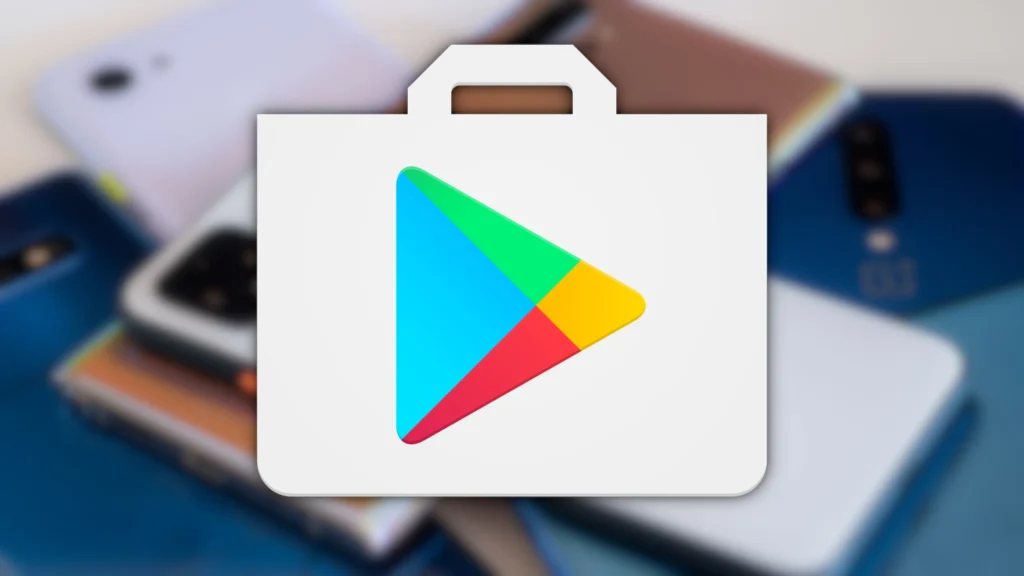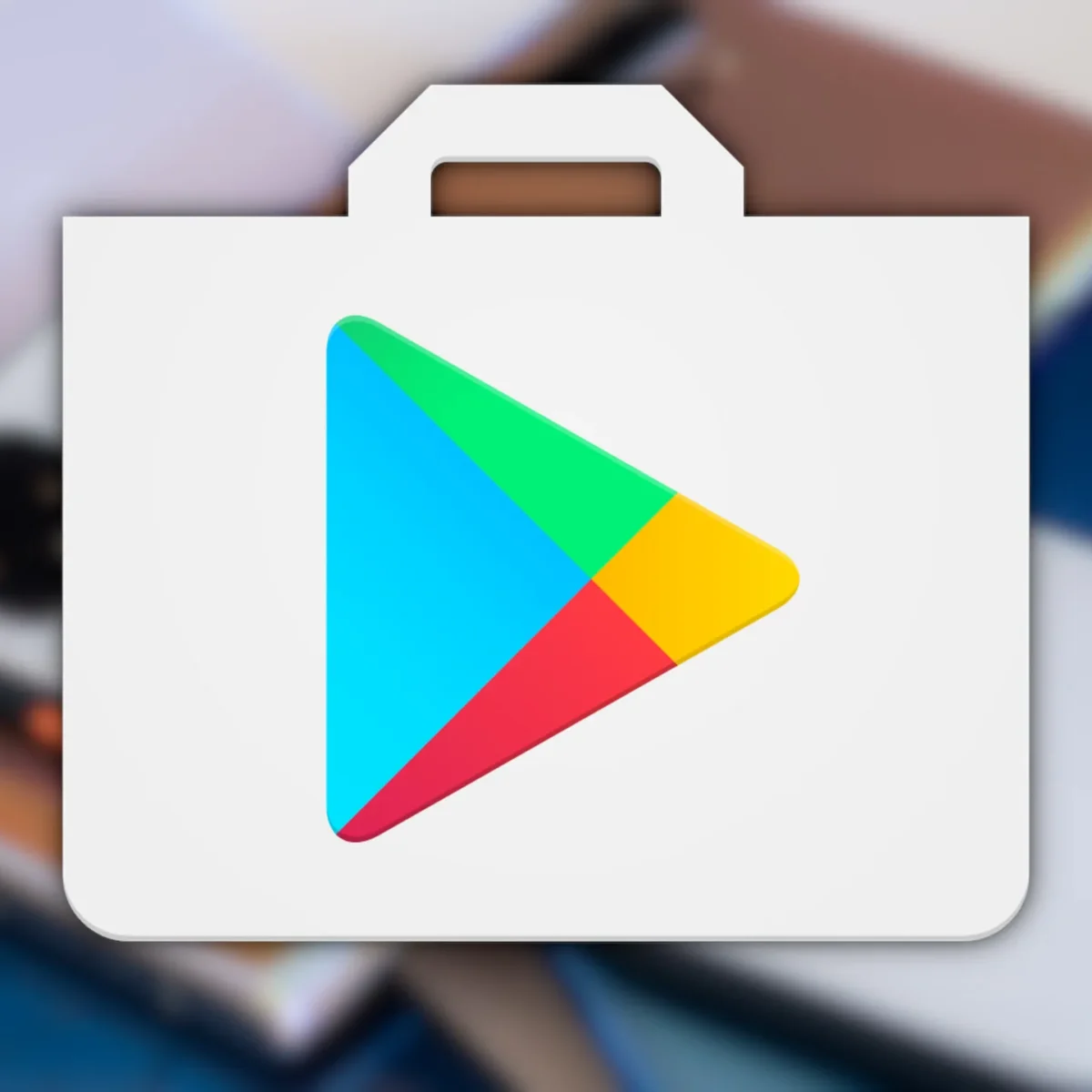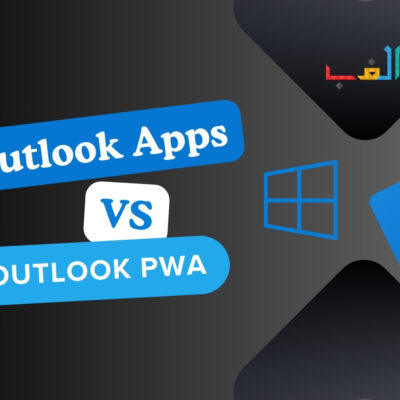Google has recently introduced a “Data safety” section in its Play app store, aimed at providing users with better insights into the safety and privacy practices of apps before downloading them. This feature addresses the feedback from users and app developers that simply displaying data collection information without context is insufficient. The Data safety section allows developers to clearly indicate what data is being collected and for what purpose it is used.
The Data safety section includes information on whether the app developer collects data and the purpose of data collection, whether data is shared with third parties, the app’s security practices such as data encryption and data deletion options, compliance with Google Play’s families policy for child protection, and validation of security practices against global security standards such as the Mobile Application Security Assessment.
This move by Google follows Apple’s “nutrition labels” for apps, which provide similar transparency regarding data privacy practices. Additionally, users now have enhanced control over app permissions, including the ability to grant one-time, app usage-based, or always-on access to location data. The Android Privacy dashboard also allows users to review the level of access granted to their apps.
With the introduction of the Data safety section and enhanced app permission controls, Google aims to prioritize user privacy and provide them with more transparency and control over their data when using apps from the Play store.
With the increasing concerns about data privacy and security, users are becoming more cautious about how their personal information is being collected and used by apps. Google Play’s new feature aims to address these concerns by making app developers more accountable and giving users greater visibility into how their data will be utilized.
When users visit an app’s listing on Google Play, they will now see a new section called “Data & Privacy.” This section provides detailed information about the types of data the app collects, as well as how that data is used. This information is presented in a clear and concise manner, allowing users to quickly understand what data will be accessed and for what purpose.
The “Data & Privacy” section includes details such as the types of data collected (e.g., contact information, location data, browsing history, etc.), the specific purposes for which the data is used (e.g., personalization, analytics, advertising, etc.), and whether the data is shared with third parties. App developers are required to provide accurate and up-to-date information in this section to ensure transparency and accountability.
Additionally, Google Play also requires app developers to provide a privacy policy that outlines how user data is collected, used, and shared. This privacy policy must be easily accessible within the app and on the app’s Google Play listing.
- 10 Best Android Apps of 2021, According to Google
- Compare Outlook for PC, Outlook PWA, and Outlook for iOS & Android
- Google Introduces Much-Needed Enhanced Google Photos Feature
By providing this information upfront, Google Play aims to empower users to make more informed decisions about which apps they choose to install and use. Users can now easily review an app’s data practices before installing it, allowing them to make privacy-conscious choices.
From an SEO perspective, this new feature on Google Play presents an opportunity for app developers to optimize their app listings by providing accurate and comprehensive information about their data collection and usage practices. This can help improve the visibility and credibility of their app on Google Play, potentially leading to higher app downloads and installations.

In conclusion, Google Play’s new feature that shows how apps will use data is a significant step towards enhancing user privacy and transparency in the app ecosystem. It empowers users with more information about how their data is collected and used, and provides app developers with an opportunity to optimize their app listings for increased visibility and credibility. As a tech SEO-optimized article writer, it’s essential to keep up-to-date with such developments and provide accurate and valuable information to readers while optimizing the article for relevant keywords, such as “Google Play” in this case.









